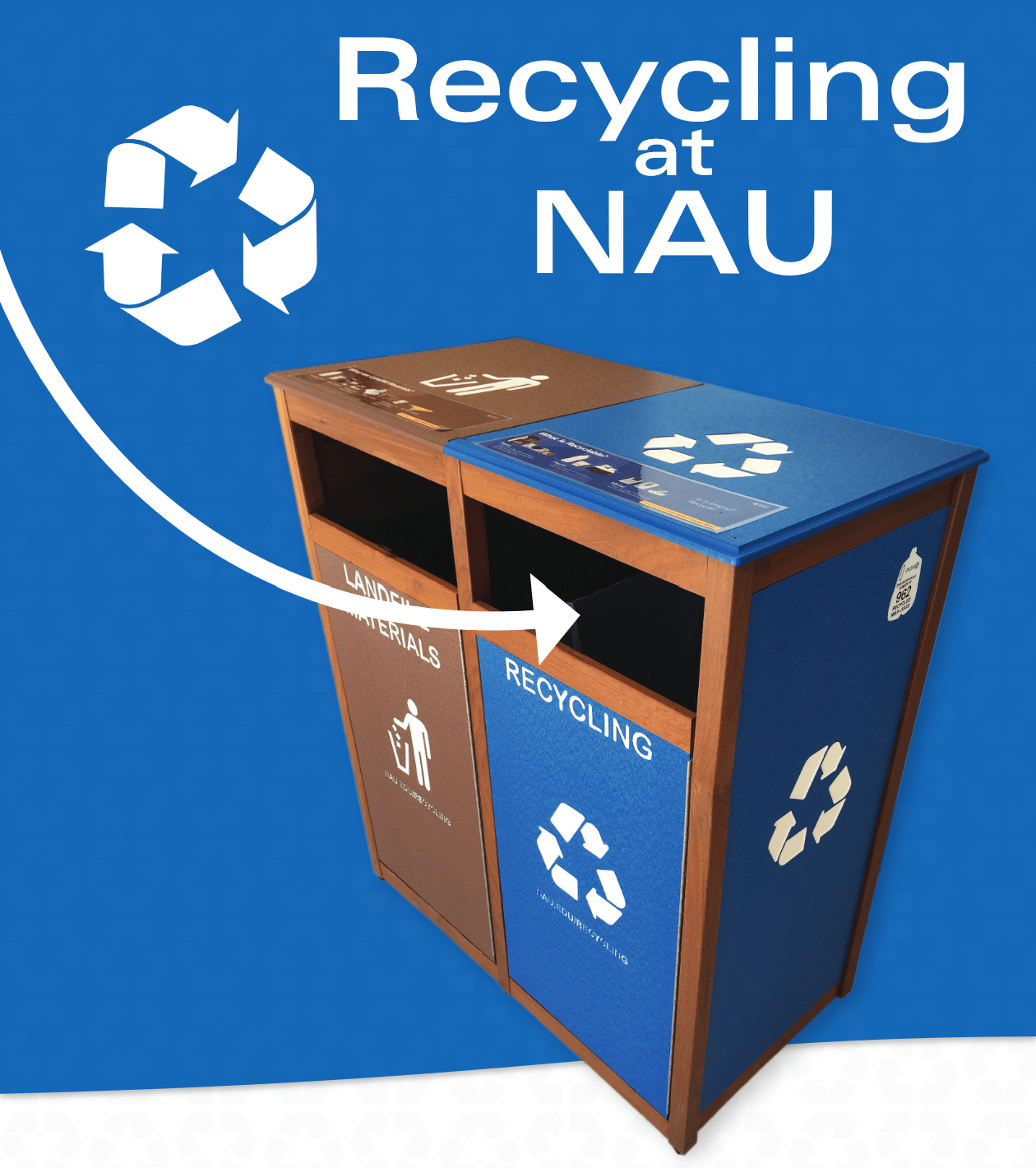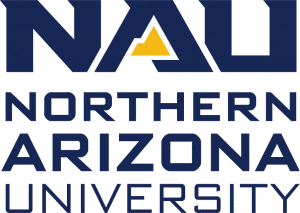Recycling is one the top actions society can take to simultaneously improve the environment, the economy, sustainable manufacturing and prevent waste from going into oceans.
That is why NAU is launching an ambitious new recycling program to make the university more sustainable, in keeping with the goal to be more sustainable by President Luis Cruz Rivera—he committed us to something.

“We would like to increase recycling rates on campus and reduce our solid waste generation. A consistent bin system will aid in encouraging everyone to recycle and recycle correctly,” Henn said. “These initiatives are important because they help reduce NAU’s environmental footprint.”

While the team is excited to move forward with this streamlining project and reduce waste on campus, they understand change takes time and are focused on coordination and logistics to ensure the process goes as smoothly as possible.
“We are pulling out waste bins from offices and only providing recycling in offices, so people will need to walk to a nearby trash bin to dispose of landfill materials. Some may find this to be an annoyance, but it is necessary considering the workload on our custodial staff,” Henn said. “The office usually produces more recycling than landfill materials and we would like to capture these materials better. Just like with any change, we know that change requires time and adjustment.”
Henn discussed studies that have shown that increasing the ease of recycling not only improves recycling rates, conversely, inconvenience and the time consumed finding a bin have been found to be the two most significant reasons people choose not to recycle.
“Our new system will be consistent in bin type, graphics and color. With the new binning system and consistency in service, it will be much clearer for users to know where to put which materials,” Henn said. “Still, change requires adjustment, patience and collaboration will be necessary as the project progresses.”
There is a learning curve with any new system, but this new system has been years, hours of research and assessment in the making. “The work I did for the Office was the most fulfilling I’d ever done and I’d finally discovered what doing work you’re made for feels like,” Swainson said. “Working on the assessment felt like putting together a puzzle. It’s surreal to know that I succeeded, and bins are being rolled out this very moment.”
The team isn’t just setting up new bins and crossing their fingers; with their new waste sensors in dumpsters, also funded by the Green Fund, they can now track how much recycling and landfill waste is being generated on campus. The sensors provide daily data that the team has already started tracking and intends to monitor continually. They intend to examine changes in effectiveness once the new system is deployed, and they have carried out an educational campaign around waste, recycling and the new system.
In addition, with the help of environmental science capstone students and the non-majors in ENV 101, intro to environmental science, the Office of Sustainability will conduct a pre-infrastructure deployment waste audit by examining dumpsters. Students will evaluate the amount of contamination in recycling bags and lost recyclables in landfill bins. The metrics gathered before, during and after the deployment of the new systems will allow the team to evaluate the effectiveness of the new binning system. Updating this existing infrastructure will not only increase sustainability practices at NAU but will encourage Lumberjacks to implement these good habits beyond campus.
“We hope the entire NAU family takes ownership of this program and participates in the most optimal way,” Henn said.
Cynthia Gerber | NAU Communications
(928) 523-7341 | Cynthia.Gerber@nau.edu




